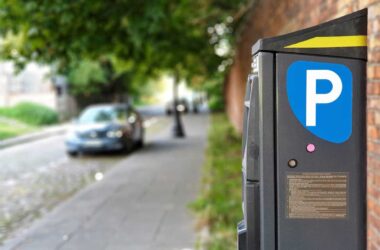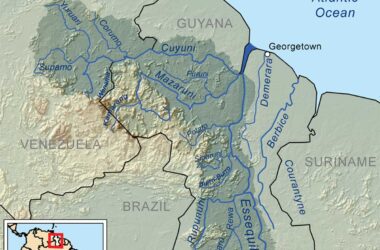The wearing of a face mask (covering mouth and nose) is now mandatory in Saint Lucia. Health authorities have repeatedly maintained that this is part of an effective strategy to fight the spread of SARs-CoV-2 (coronavirus) infections in Saint Lucia.
But how effective is the mask in preventing viral infections in the community? And can a mask made out of any material be used for the protection needed in this pandemic?
While the authorities, almost daily, inundate the populace with reports of positive COVID-19 cases and COVID-19 related deaths and the need to follow COVID-19 protocols – the top protocol being the wearing of a mask, there is little to no information emanating from the very same authorities about the science in making and wearing mouth and nose coverings as an efficient prophylactic tool to prevent the spread of a viral infection.
We reiterate: Can the wearing of a mask, made out of any material, provide adequate COVID-19 protection in a close contact setting, meaning can such masks limit pathogen dissemination in such an environment?
What authorities appear to be emphasizing is that the wearing of mouth and nose coverings effectively interrupts airborne infections in the community and on this belief they have mandated, made it obligatory, for the population to wear a mask.
A paper by the European Journal on Medical Research, researching face masks and its benefits and risks during COVID-19, notes that overall, the results of the research seem to suggest that there are some clinically relevant scenarios where the use of mouth and nose coverings necessitates more defined recommendations.
“Our critical evaluation of the literature both highlights the protective effects of certain types of face masks in defined risk groups, and emphasizes their potential risks,” noted the European Journal.
COVID-19, last year, created a new breed of entrepreneurs engaged in the business of making and selling face masks. Today the face mask is a clothing accessory, designed in some cases to go with certain outfits and are even used as a vehicle for advertising.
The face mask is now worn everywhere in Saint Lucia and is made in different styles, shapes and colours and from all sorts of materials.
Those self-made masks for everyday use are not “leak proof” and do not provide complete respiratory protection since air can escape through them, according to the European Journal, which also noted that they do not prevent COVID-19 infections and grant no (or little) protection for the user from being infected.
“However, it is safe to assume there is a small risk reduction for droplet transmission, especially during exhalation, resulting in a reduction of potential viral spread. These masks should not be used in the health care system, but are commonly recommended for the general population for walking, shopping, or using public transportation,” the journal explained.
The World Health Organisation also touched on the protective effect of the various masks recommended during the COVID-19 pandemic, noting that the protection offered by these masks can be severely reduced by their inappropriate use, such as improper donning or doffing, insufficient maintenance, long or repeated use of disposable masks, no dry cleaning of fabric masks, or using masks made of non-protective material.
Be that as it may, it must be noted that during a crisis, such as we have today, every possible risk reduction strategy must be used. What must also be said is that whilst the authorities promote the wearing of masks, they also promote social distancing and the frequent washing of hands.
There is an onus on the authorities to repeatedly explain the science behind the wearing of a mask, which would include the correct manner to put and take off a mask, the length of time a mask should be worn, places and scenarios where a mask can be worn, cleaning a mask, how to dispose of a mask, etc., as well as constantly promoting all other protective protocols.
Simply stated, communication and education is necessary where observance of the protocols are concerned. We believe if such is done it would go a long way in the public’s acceptance of face masks and minimize confrontation between law enforcers and the public. Communication and education are, however, only one side of the coin. The other side of the coin is that we, the public, must show responsibility for our own well-being and that of our neighbours.





